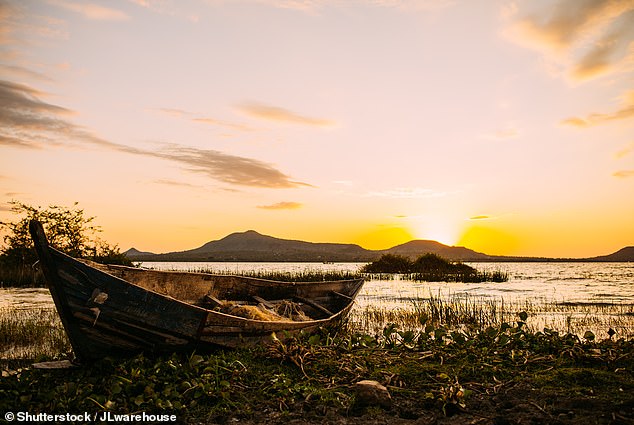Nearly a quarter of freshwater animal species, from fish to dragonflies,face high risk of extinction worldwide, scientists have warned.
The rise of chemical and sewage pollution, over-extraction of water and invasive species are all increasing the chances of thousands of types of creatures being wiped out, research showed.
The global assessment of freshwater animals was carried out on the International Union for Conservation of Nature’s (IUCN) Red List of Threatened Species.
It evaluated the extinction risk of 23,496 freshwater species of fish, dragonflies, damselflies, crabs, crayfish and shrimp.
The study published in the journal Nature found that 24 per cent of freshwater animals – at least 4,294 of the species looked at – were at a high risk of extinction.
Pollution, primarily from agriculture and forestry, were hitting more than half of those threatened.
Freshwater habitats are also being damaged by conversion of land for agriculture, water extraction and dams which also block fish migrations, while overfishing and the introduction of invasive non-native species are particularly driving extinctions.
Rivers, lakes, streams and freshwater wetlands are a key habitat, supporting more than a tenth of all known species, including around a third of vertebrates and half of animals, even though they cover less than 1 per cent of the surface of the Earth, conservationists warned.

It found the greatest number of threatened species are in four places, including Lake Victoria, Africa’s largest lake

Lake Titicaca in South America was too found to have some of the highest numbers of threatened species

The Western Ghats of India is another area that was discovered to have high numbers of threatened species
More than a third of the world’s wetlands (35 per cent) have been lost between 1970 and 2015, a rate three times faster than the world’s forests, while 37% of major rivers that are more than 1,000km (620 miles) long are no longer free flowing through their full length, the study warned.
It found the greatest number of threatened species are in Lake Victoria, Africa’s largest lake, Lake Titicaca in South America, Sri Lanka’s Wet Zone and the Western Ghats of India.
The diversity of freshwater species provides essential services such as flood control, tackling climate change and processing nutrients and supports the culture and livelihoods of billions of people worldwide.
But comprehensive analysis of the risk of extinction faced by species primarily living in freshwater has been lacking until now, with data on animals living mainly on land being used to guide environmental action, the study co-authored by the IUCN said.
The IUCN’s freshwater biodiversity lead, Catherine Sayer, who was lead author on the paper, said: ‘Freshwater landscapes are home to 10 per cent of all known species on Earth and key for billions of people’s safe drinking water, livelihoods, flood control and climate change mitigation, and must be protected for nature and people alike.’
The assessment found that crabs, crayfish and shrimps face the highest extinction risk of the groups studied, with 30 per cent under threat, followed by 26 per cent of freshwater fish species, and 16 per cent of dragonflies and damselflies.
This article was originally published by a www.dailymail.co.uk . Read the Original article here. .


